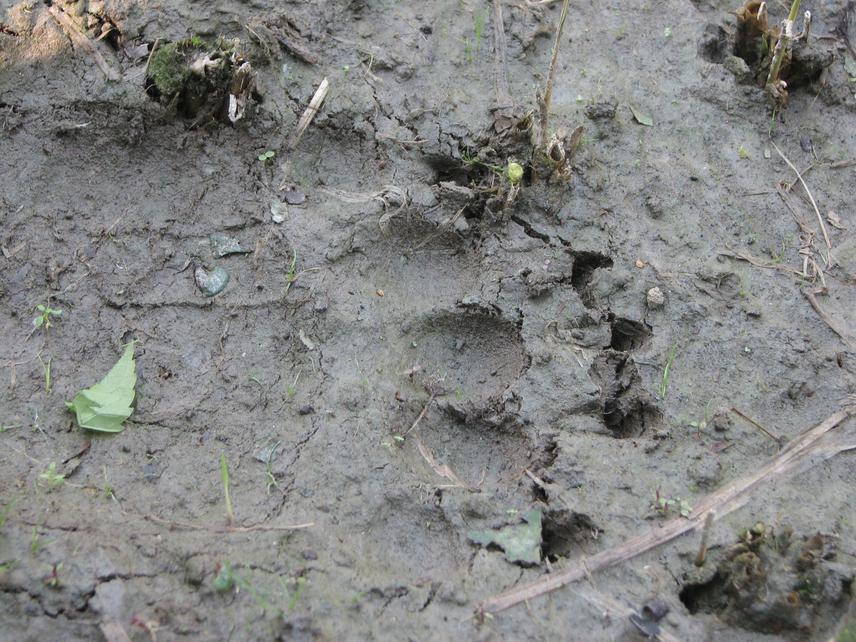Bhupendra Prasad Yadav
Other projects
16 Jul 2010
Asiatic Black Bear-Human Conflicts and Participation of Local People in Bear Conservation in Nepal
The main aim of this project is to assess the Asiatic Black Bear –Human conflict and minimize the conflict with raising conservation awareness programs.

Asiatic Black Bear (Ursus thibetanus) is listed as Vulnerable by IUCN Red data list, Appendix-1 by CITES and Endangered by US Federal.
The Asiatic Black Bear is distributed form west to east of hilly and mountainous region ranging from 1000m to 3000m of Nepal. Asiatic Black Bear is threatened in due to poaching for gall bladder (medicine); skin (ornamental).The major factor for declining Asiatic Black Bear is habitat destruction due to human activities.
The fuel wood, fodder, timber, grazing pressure and expanding human population and accompanying socio-economic inequality can control gradually but people has been dependent on forest resources since long time and there is no more alternatives to change these using resources in the case of Nepal. People also need these things to survive and black bear also need their habitat well to live long. Crop raiding By Black bear is common in Nepal. Human and wildlife interface or conflict has always been exaggerated by the agricultural crop loss and rarely by human mauling. Nepal is a Mountainous Country where most of the people live in the village and their profession is agriculture. Most of the people join their hand to mouth is dependent on their agriculture crop production, when they loss the annual production. The mind of people always strike to step towards retaliatory killing of ABB.
Lack of Provision of compensation and support to the Black Bear victims is making people attitude negative to conserve Asiatic Black Bear. To overcome these difficulties awareness program and joint venture program between local people and Park authority will be effective.
The main objective of this study is to assess the interface between human and Asiatic black bear and raise conservation education. This research will provide baseline data and management recommendation for future course of actions to prepare management plan. The conservation and management efforts will only be successful when we have the information on this species in hand. This study would definitely add some information on this species and help to develop management plan of ABB. So, this project will help to change attitude of local people towards the conservation of Asiatic black bear in-situ and ex-situ. Therefore, this project has long lasting impact for the conservation of this species in natural habitat.